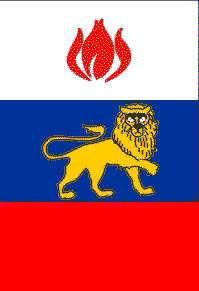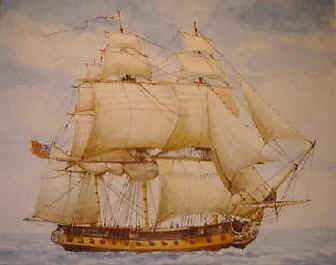|


_____________
In this section of
Gaspee History


____________
Go the section on
Gaspee Raiders
for biographical
information on the Americans in the boats attacking the Royal Navy ship
Gaspee.
_____________
Books: American Colonial and
Revolutionary War history or the people involved. We have suggestions
for you.

_____________
Copyrighted.
© 2005
to Oct.2009, Leonard H. Bucklin.
-----
The
content of this site may not be reproduced except for brief excerpts for
reviews or scholarly references..
See
Copyright Notices,
Privacy Policy, and Warnings & Disclaimers.
_____________

This is a history education and
research web site of the
Joseph Bucklin Society.
 References
in brackets [ ] or in curly brackets { } on any page in
this website are to books, or other materials, listed in the Joseph
Bucklin Society Gaspee Bibliography, or to materials held by the Joseph
Bucklin Society. References
in brackets [ ] or in curly brackets { } on any page in
this website are to books, or other materials, listed in the Joseph
Bucklin Society Gaspee Bibliography, or to materials held by the Joseph
Bucklin Society.
|

|
Frigates

This picture is of a typical frigate of the English
Navy at the time of the American Revolution. A frigate was an English war vessel of the 18th
century. The frigate was light and swift, compared to ships of the line.
In an English fleet it was used primarily for
reconnoitering and to relieve warships in distress. However, it was a
substantial war-vessel, next in size and equipment to ships of the line. At
the time of the Gaspee incident, the English Admiral in charge of the American
coastline had only a frigate as his largest ship. However, that was soon
remedied after the Gaspee affair and at the time of the American Revolution, the
English had the largest single fleet they had ever assembled off the American
coast.The American Constitution
was a frigate. It can be seen as a floating exhibit at the Charleston MA Navy Yard and is
listed on the National Register of Historic Places. Built: 1797, in
Boston, it has a length: 204, beam: 43.5, and draft: 22.6,
Generally, a frigate is described as a
3-masted vessel, with square sails on all masts, and carrying guns on at least
one covered gun deck.
Frigates were bigger ships than the type of ship known as a
brigantine. A brigantine, usually built as a merchant ship, was
faster than a frigate.
|



